The author, Carlo Vialu, PT, MBA, is co-creator of SeekFreaks. He loves promoting function and participation for children and youth with disabilities, from our assessment to our interventions, via his continuing education Apply EBP courses. More about these courses after the article.
Hello, fellow SeekFreaks! It’s 2019, and I thought it was time that I update my post on the ICF. I still wanted to keep this reading light, to get as many interested in talking ICF as possible. So I limited the changes to 2 biggies.
First goal! To get all of us thinking the same way. Sometimes we all talk a different language. And this is true for OTs, PTs and SLPs. So I will be aligning the ICF to the language from the Occupational Therapy Process and Framework (OTPF-3).
My next goal is to introduce you to another great, and yes, I admit! – a funner resource on the ICF. CanChild (one of SeekFreaks favorite websites!) just created the F-Words of Childhood Disability – which is a catchy alternative to discussing the ICF for children and youth with disabilities.
So here we go…
On May 22, 2001, the World Health Assembly approved the International Classification of Functioning, Disability and Health (ICF). It was a significant move in the right direction from the previous ICD model. Finally, the focus is on an individual’s ability to participate in society!
As a consequence, our views as medical professionals have also become more progressive, enabling our clients to work on tasks that are meaningful to their occupations and roles in life, whether that is being a student, a sibling, a family relative, a member of the community, an employee, a manager, or others. The ultimate focus has turned to real and enriching life experiences.
So this year, as we celebrate the 18th Anniversary of the ICF, we will do some fun musings on its domains. By my use of the words fun and ICF in one sentence, you can probably see that I am a little bit of an ICF freak – but what I really am, is a word freak. With this article, I will try to inject such (seek)freakiness in recognizing and understanding the different ICF domains by relating them to something we hear a lot in school-based practice – parts of speech. By doing so, I hope to decrease the confusion among body function and structure, activity and participation.
Join SeekFreaks in our philosophical musings. Hopefully, like us, you will start seeing these domains and the words we use every day in a different light.
Body Function and Structure = Nouns and Adjectives
Body function refers to “the physiological functions of body systems,” whereas body structures refer to “anatomical parts of the body such as organs, limbs and their components” (ICF-CY, 2007). A problem in the body function and structure domain is referred to as an impairment. In the OTPF-3, body function and structures are also referred to as part of Client factors. (Another component of the OTPF-3’s Client factors, termed Values, beliefs and sprituality is covered under the ICF’s Personal factors which will be discussed later.)
Terms that tend to be used for either Body Function and Structure include nouns, such as flexibility, digestion, tone, posture, vision and strength. Nouns are often “static” words. Nouns name things. But they do not denote an action (compared to verbs, for example). Can the same be said of body function and structure, and impairment? From the therapist’s point of view, they are acted upon, such as when we help increase joint range of motion, improve sensory processing or enhance endurance. We have also learned, that at times, these impairments persist despite being acted upon.
Alternatively, body function and structure terms are adjectives based on these nouns. As adjectives, they try to describe a person…as spastic, weak, tight, and uncoordinated, among others. Fortunately, the ICF relegated body function and structure to just one of the 6 domains of the ICF. Although it can name or describe an impairment, it neither defines a person nor his/her capability to be an active member of society.
Activity = Verbs
Activity words, on the other hand, are verbs! They are active, evolving, dynamic. They denote execution of a task, such as walking, reaching, dressing, standing, eating, writing or communicating. Activity roughly corresponds the OTPF-3’s Performance skills.
Activity is a domain that is rich with therapeutic interventions and creativity. If there is anything that a preponderance of research has taught us, it’s that if we want to improve an individual’s ability to perform an activity, then we need to work on that specific activity. Motor learning has shown us that activities may improve with well-thought out opportunities for practice. And these improvements can be recorded within our brains, based on the concept of neuroplasticity.
Where improvement via practice may be limited by impairments and client factors, there are compensation strategies that can be implemented so that our clients can perform these activities, albeit in a modified way. Operating a wheelchair can be introduced in place of walking; gesturing, signing or typing onto a device, for communicating; or eating and dressing can be completed with use of adaptive tools. And these modifications can be introduced early to maximize active performance as soon as possible and maximize opportunities for practice and improvement.
Participation = Prepositions
The tell-tale sign that we are talking about participation is the use of prepositions followed by people, place and/or time: walking alongside peers, sitting upright and interacting with classmates throughout math period; throwing and catching a ball in the playground during recess. The use of prepositions emphasizes that participation is about inclusion in the environment and involvement with others. The OTPF-3 proudly calls this Occupation – its first name!
Participation is activity with a societal purpose beyond just the activity itself! For this reason, tasks have to be meaningful in the context of the individual’s life – and hence the preposition whose purpose is to connect! It is reaching high and low to retrieve classroom materials during art class; using adaptive utensils to eat with peers in the lunchroom; or communicating while being interviewed for college or a job. Since involvement is a hallmark of participation, it cannot occur in isolation. As such, it can most effectively happen when therapists collaborate with others who are essential to the specific life situation, such as the teachers, families, community services, and others.
Participation is the ability to interact with others despite one’s impairments! Whereas addressing some impairments with remediation might take a long time to bear fruit, focusing on participation via compensatory strategies may result in more immediate improvement in participation level. Changes in body function and structure may only be visible to therapists who meticulously measure them; but an improvement in one’s ability to participate can be observed by one’s peers, family and teachers.
Participation is the pinnacle of successful interventions! A 30-degree increase in range of motion or gaining the ability to transfer with supervision is made meaningful when the individual can utilize them in everyday function within his/her natural environment. This function can be completing class work, performing household chores, contributing to the community, or accomplishing job responsibilities.
Participation is what our clients want! In my early training as a therapist (25+ years ago), I have learned to focus on the body function and structure in my assessment and interventions. When asked in a study by Vroland-Norstrand, et al (2015), parents identified goals at the activity domain, such as toileting and dressing. Children in the same study additionally identified goals that would enhance their participation with their peers. Our pediatric clients have spoken! And we should hear them.
Environmental Factors = Nouns (Place, Time or People)
Words used for environmental factors are less confusing. They include nouns that define place or time, such as when they define that participation occurs within the classroom, a specific school location and time, at home, in the community or at a work site. They can be barriers, such as stairs, or wide intersections that need to be crossed in a short amount of time. Or, they can be facilitators, like ramps, elevators, accessible curbs, and audible walk signals. The OTPF-3 refers to this with the same term, Environment.
But, not all environmental factors are inanimate. They include nouns that refer to people or groups of people such as the individual’s immediate support network of family, friends, neighbors, classmates, teachers and other school staff. They also include community agencies that provide specialized services, and, yes, even strangers that one meets and comes across with in the community.
Like the physical environment, they can also affect participation depending on their ABCs of attitude, behavior and culture. Positive and appropriately supportive ABCs that focus and enable one’s abilities are facilitators. ABCs that are biased against one’s disabilities restrict participation, while an overly supportive ABC can create learned helplessness and limit self-exploration and growth.
Personal Factors = Nouns and Adjectives
Personal factors use nouns and adjectives that describe a person, other than those that are already included in body function and structure. It can be one’s attitudes, values and beliefs that determine interests and preferences; or a mindset, psychological state and social background that influence an individual’s self-determination, motivation and engagement. Hence, it covers the OTPF-3’s Personal context, as well as the Values, beliefs and spirtuality components of Client factors.
Personal factors impact one’s ability to participate in specific tasks…including when, where and with whom. Additionally, the multi-directional arrows of the ICF show that personal factors do not develop in a vacuum. They can be shaped by the other ICF domains, such as the physical environment; the individual’s participation in meaningful life experiences; and the family’s, school’s and society’s ABCs. Likewise, participation may be restricted by personal factors, such as a lack of self-confidence, self-efficacy and/or self-determination. As therapists, we need to work on these personal skills at the same time that we are working on our student’s physical skills.
To wrap up our musings, SeekFreaks highly recommend that describing individuals’ abilities and goals not be limited to the nouns and adjectives of body structure and function. Instead, they should be communicated with the verbs of activity, prepositions of participation, and nouns of the environment, in consideration of how all these interact with the nouns and adjectives of personal factors.
Suggested Reading: CanChild came up with the playful and catchy F-Words that corresponds to the domains of the ICF discussed above:
- Fitness (Body function & structure) – “how children stay physically active”
- Function (Activity) – “how things are done”
- Fun (Participation) – the word says it all!
- Family (Environment) – the essential ‘environment’ of all children
- Friends (Personal) – “social development is an essential aspect of personhood”
A 6th CanChild F-Word is Future, “it refers to parents and children’s expectations and dreams for their future.” Visit their F-Words Knowledge Hub for more details.
Join Carlo Vialu and other experts at these all evidence-based, all practical continuing education courses:
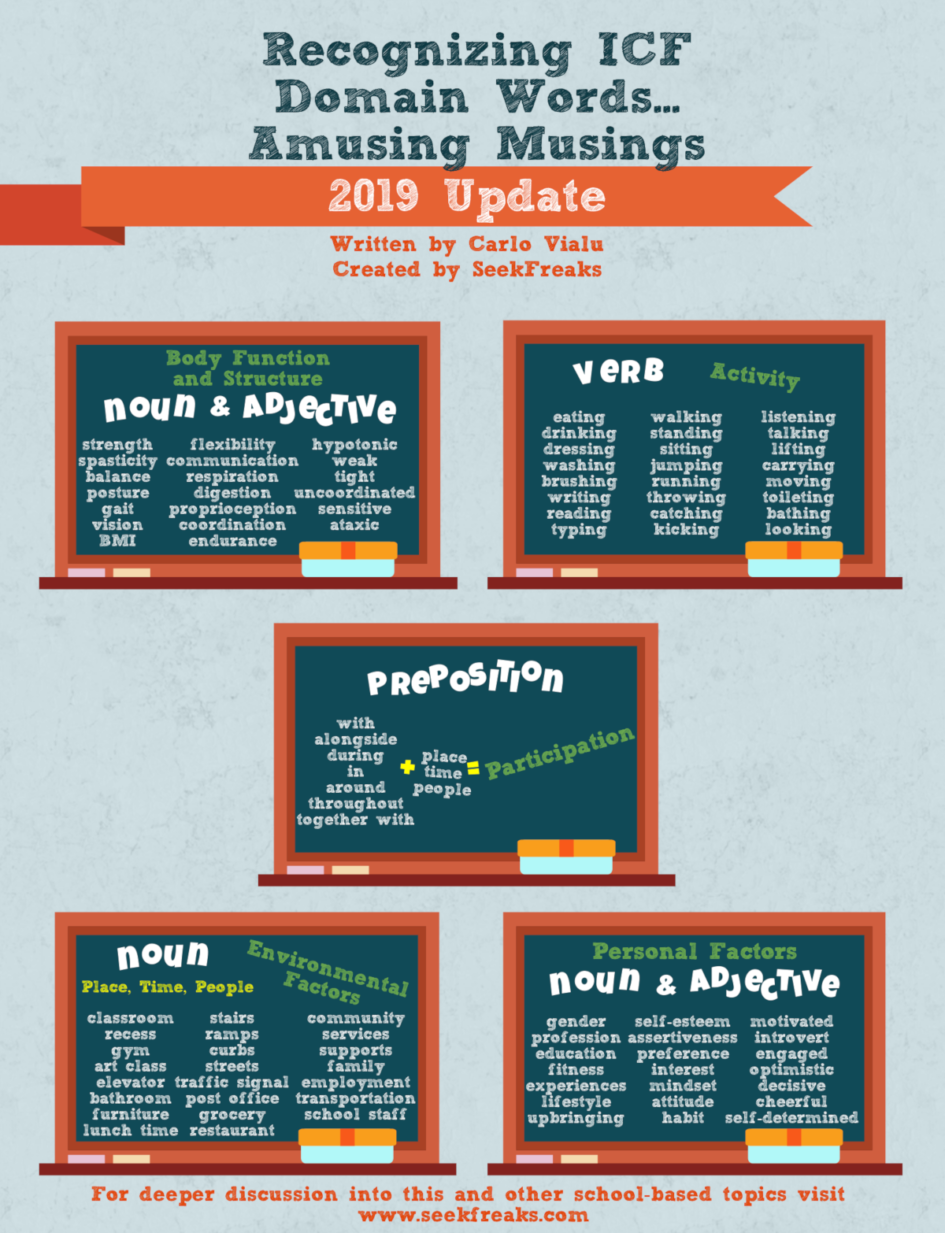
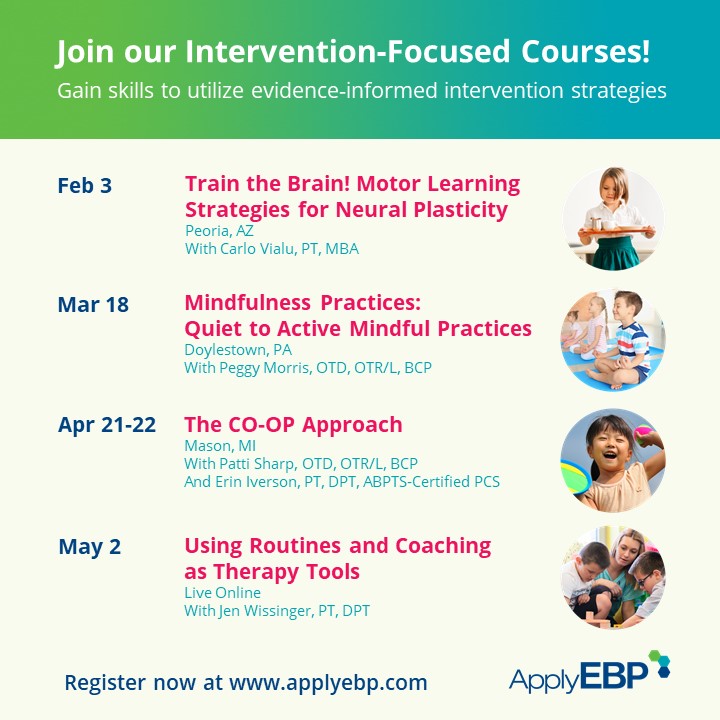
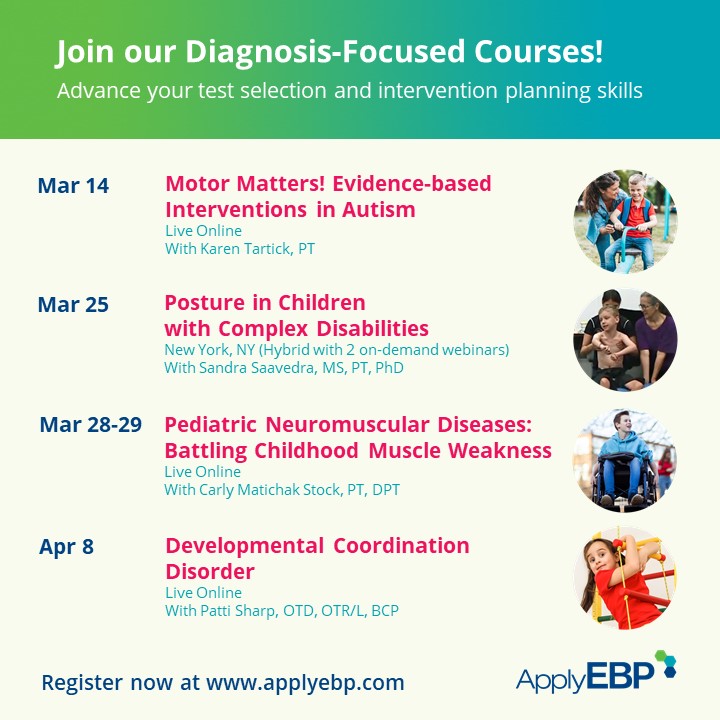
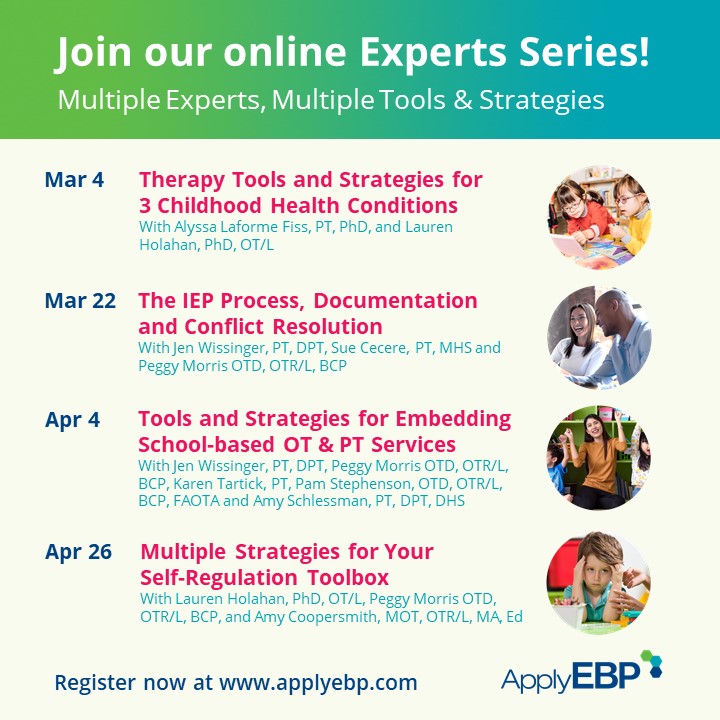
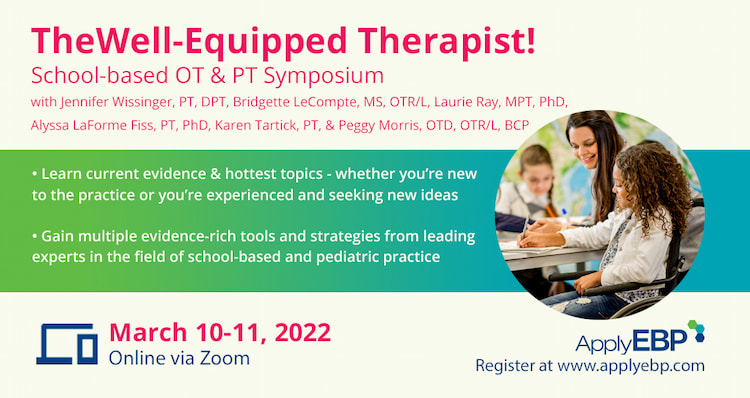
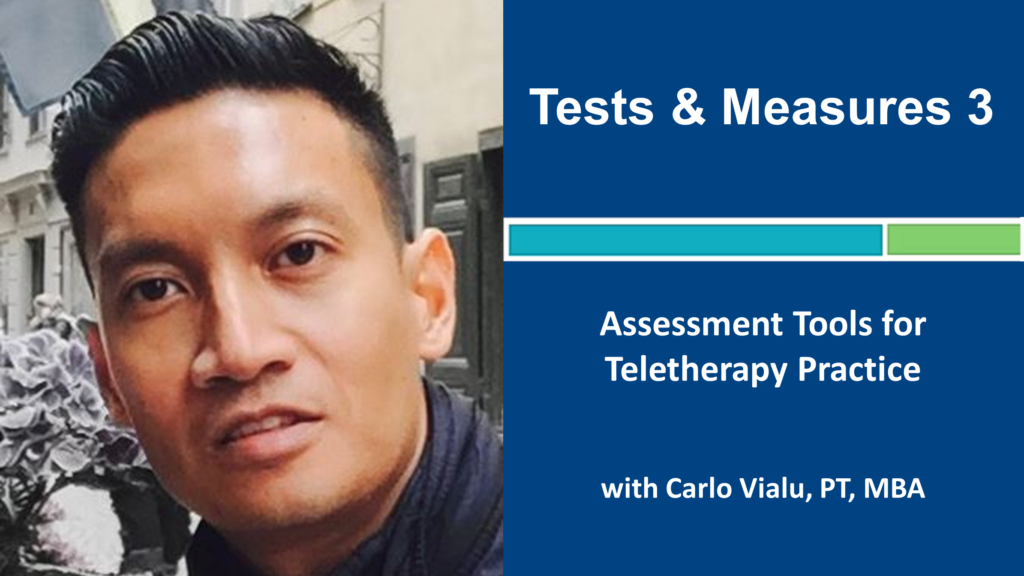










5 Pingbacks